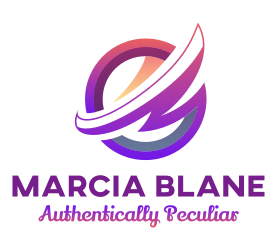Building a Healthy Community: Creating Meaningful Connections
Community is more than just a group of people—it’s a vital source of support, encouragement, and personal growth. The relationships we nurture have a direct impact on our mental and physical well-being, shaping how we navigate life’s challenges and victories. Yet, when trust is broken or expectations go unmet, it’s easy to withdraw, leading to isolation, anxiety, or even depression. But rather than shutting people out, consider this: What if you could intentionally build a community that aligns with your values, supports your growth, and nurtures your well-being?
Building a strong, healthy community doesn’t happen by accident—it happens by design. Here’s how you can start creating meaningful connections that truly serve you.
1. Define What Community Means to You
Before you can build a strong community, you need to understand what that means for you. Ask yourself:
What qualities do I value in the people around me?
What kind of energy do I want to attract and contribute?
How can I be an active participant in fostering the relationships I seek?
Defining your ideal community ensures you are intentional about the relationships you nurture, rather than falling into connections that drain or deplete you.
2. Examine Past Disappointments
If past relationships have left you feeling disappointed or hurt, it’s important to identify patterns. Ask yourself:
Were my expectations clearly communicated?
Did I accept one-sided relationships where I gave more than I received?
Was I holding onto people out of habit rather than true connection?
Acknowledging where things went wrong in the past allows you to set healthier boundaries moving forward. Instead of repeating old cycles, you can choose relationships that are reciprocal, fulfilling, and aligned with your values.
3. Create a Core Support Group
Not all relationships need to be deeply personal, but your inner circle should be filled with people who uplift and challenge you. Surround yourself with individuals who:
Inspire and motivate you
Offer encouragement and constructive feedback
Reciprocate the energy and effort you invest
Avoid relationships that feel one-sided or emotionally draining. A healthy community is built on mutual respect and shared growth, not obligation or guilt.
4. Engage with Purpose
Connection requires effort—it doesn’t just happen. Make an intentional commitment to engage with the people who matter to you. This can look like:
Setting up regular check-ins with close friends
Joining groups or activities that align with your interests
Initiating conversations and being present in your relationships
The key to building a meaningful community is quality over quantity. A few deep, fulfilling relationships will always serve you more than a large network of surface-level connections.
5. Foster a Community of Support
A thriving community is one where everyone feels valued, heard, and supported. This doesn’t mean you have to fix everyone’s problems, but it does mean cultivating an environment of trust, encouragement, and shared understanding. Small gestures—such as listening without judgment, offering a kind word, or celebrating someone’s success—go a long way in strengthening the bonds within your community.
Final Thoughts: Build with Intention
A healthy community is an investment—one that requires time, effort, and intention. It won’t happen overnight, but by focusing on the relationships that truly align with your values, you create a support system that enhances your life.
Start small. Set clear intentions. And most importantly, surround yourself with people who inspire you to grow, thrive, and become the best version of yourself. Because when you build the right community, you don’t just survive—you flourish

